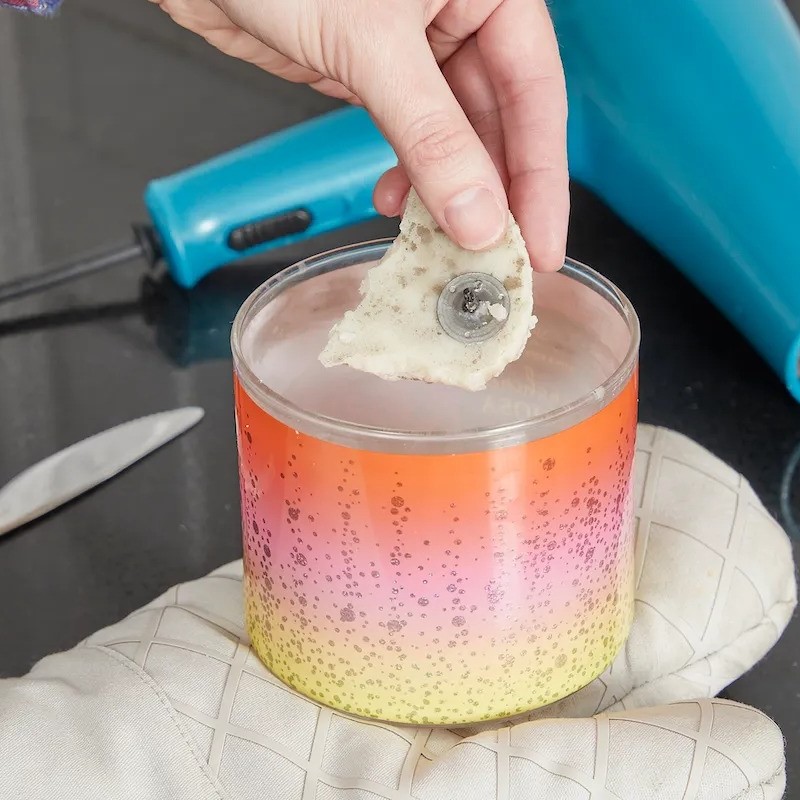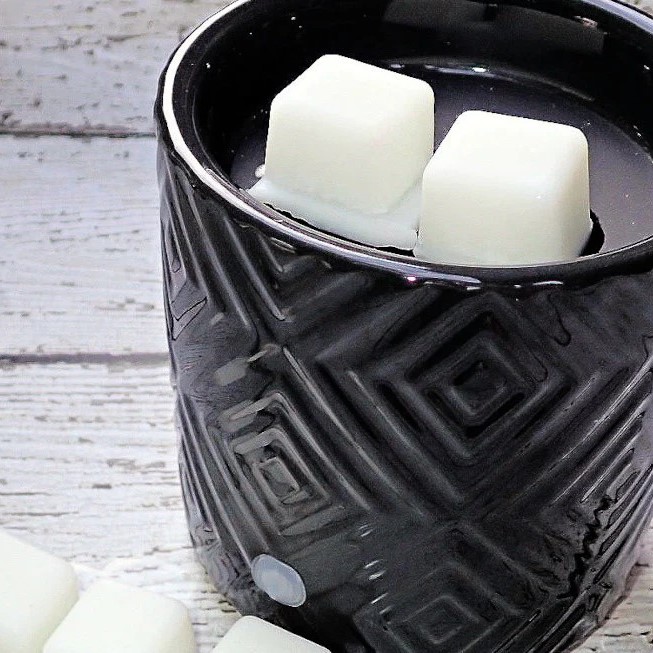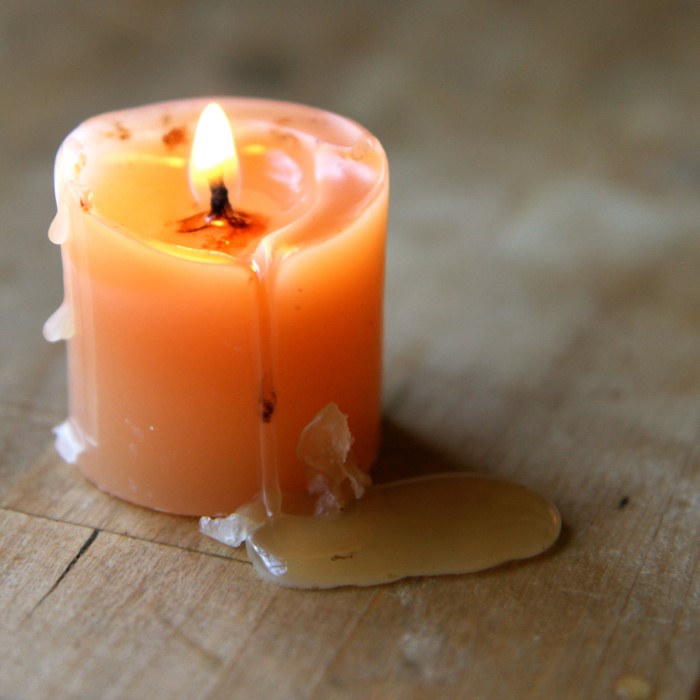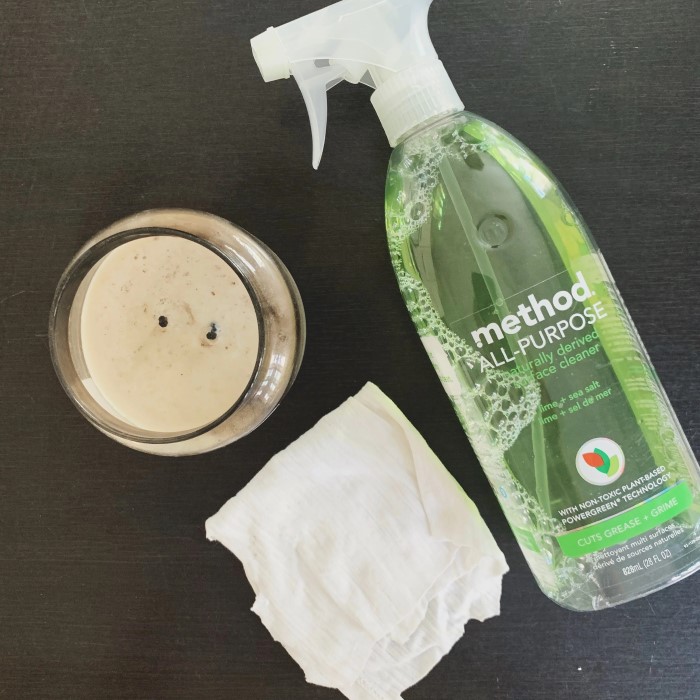Understanding Candle Wax and Its Challenges
Candle wax adds a cozy ambiance to any room, providing warmth and light during special gatherings or a peaceful evening alone. However, once the candle is extinguished, the wax often leaves behind unsightly stains on various surfaces. Knowing how to clean candle wax effectively is crucial for maintaining a tidy home. Whether wax drips onto furniture, carpets, or clothing, it can be challenging to remove. This article will provide easy ways on how to clean candle wax from various surfaces, ensuring that you can tackle these stains with confidence.

The Composition of Candle Wax and Its Staining Nature
Candle wax is primarily made of paraffin, beeswax, or soy, each having its own properties. Paraffin is the most commonly used wax, derived from petroleum. It remains pliable and adheres easily to surfaces when melted. Beeswax has a natural, sweet fragrance and hardens into a dense, durable form. Soy wax, on the other hand, is a plant-derived alternative popular for its eco-friendliness. Regardless of the type, these waxes can melt and spill when a candle is lit, causing discoloration and a sticky residue. Understanding the material composition helps in selecting the correct cleaning method for different surfaces.
How to Clean Candle Wax Off Furniture
How to clean candle wax? Your furniture is often the first casualty of candle wax spills. The primary goal is to remove the wax without damaging the surface underneath. Here’s how to do it effectively:
- Let the Wax Harden: First, allow the spilled wax to cool completely. This is vital as it will make it easier to scrape off.
- Gently Scrape Off Excess Wax: Using a plastic card or a butter knife, gently lift as much hardened wax as possible. Aim to avoid scratching the wood surface.
- Make a Cleaning Solution: Mix a solution using warm water and a few drops of liquid dish soap. Ensure the mixture is not soaking wet to avoid water damage.
- Dampen a Cloth: Dip a soft cloth into the soapy water, wring it out, and gently rub the stained area. This should dissolve any remaining wax residue.
- Repeat if Necessary: For stubborn spots, you may need to repeat the process. If your furniture has a finish, consider using a specialized wood cleaner after removing the wax.
Removing Candle Wax from Fabrics
Fabric is particularly prone to absorbing wax, which can result in persistent stains. Follow these steps carefully to clean wax from fabric:
- Allow the Wax to Harden: Just like with furniture, the first step is to let the wax cool and solidify completely.
- Scrape Off Hard Wax: Use a dull knife or card to scrape off as much wax as you can without tearing the fabric.
- Apply Heat with Paper: Place a piece of brown paper or a clean cloth over the remaining wax. Use a warm iron set to low heat and press down briefly. The heat will melt the wax, causing it to transfer onto the paper.
- Wash the Fabric: After the wax is completely removed, wash the fabric according to its care instructions. This will help eliminate any remaining wax residue and restore its original appearance.
Cleaning Wax Surfaces in Carpets
Carpets can absorb wax easily, leading to persistent stains if not treated promptly. Here’s how to tackle wax stains on your carpet:
- Let the Wax Harden: Similar to other cleaning methods, start by letting the wax cool and harden.
- Remove Excess Wax: Use a vacuum to remove any large pieces of wax. If necessary, gently scrape off the remaining wax with a dull knife.
- Use the Brown Paper Method: Place a piece of brown paper over the wax stain and run a low-heat iron over it, allowing the heat to melt the wax, which will be absorbed by the paper.
- Use Stain Removers: If colored wax remains, you may need a carpet cleaner to tackle the dye. Test a small, inconspicuous area first to ensure the cleaner doesn’t damage the carpet fibers.
The Boiling Water Method Explained
Many people ask whether boiling water effectively removes candle wax. While boiling water can be effective for certain surfaces, it comes with risks. Here’s how it works:
- For Non-Porous Surfaces: If the wax is on a non-porous surface like ceramic tiles or a sealed table, pouring boiling water over the wax can melt it off.
- Exercise Caution: Be very careful with hot surfaces, as boiling water can cause warping or damage to certain materials, including plastics and adhesives.
- Potential Damage to Fabrics: Avoid using boiling water for fabrics, as it may set stains or cause further damage to delicate fibers.
How to Clean Dirty Wax Candles
Keeping your wax candles clean prevents them from becoming unsightly over time. Here’s how to clean your candles effectively:
Wipe the Surface
- Gathering Supplies: Before you start cleaning your candle, gather the necessary supplies. You will need a soft, damp cloth, a bowl or container for the warm water, and a mild soap suitable for cleaning.
- Preparing the Cleaning Solution: Fill a bowl with warm water and mix in a small amount of mild soap. It’s important to choose a soap that won’t leave any residue or strong scent on the candle.
- Gentle Wiping Technique: Use the damp cloth dipped in the soapy solution to gently wipe the surface of the candle. Start from the top and work your way down to remove dust, soot, and any other residues.
- Avoiding Harsh Scrubbing: Be cautious not to scrub too hard, as this can damage the candle’s surface or remove decorative elements. The goal is to clean without causing wear and tear on the candle’s finish.
- Drying the Candle: After wiping, it’s advisable to follow up with a dry cloth to ensure no moisture is left on the candle. This step helps maintain the integrity of the wax and prepares it for the next burn.
Avoid Raw Surfaces
- Importance of Drying: After cleaning the candle, it’s crucial to let it dry completely. Lighting a candle while it still has moisture on its surface can lead to uneven burning and increased soot formation.
- Timing for Safety: Ensure the candle has had ample time to air dry. Depending on the humidity, this may take a few minutes. Drying completely is essential for optimal combustion.
- Effects of Soot Formation: Soot forms when the candle burns improperly, often due to moisture or impurities on the surface. By ensuring the candle is dry before lighting, you minimize the risk of soot that can cause unpleasant smells and dirty surfaces.
- Testing Before Lighting: If you’re uncertain about the dryness of the candle, gently touch it to verify it feels completely dry before lighting again. This precaution helps guarantee a better burning experience.
Storage Tips
- Selecting the Right Location: When it comes to storing your candles, opt for a cool, dry place. This choice prevents any exposure to heat and moisture, which can affect the quality of the wax and wick.
- Avoiding Direct Sunlight: Sunlight can cause wax colors to fade and can lead to melting or deformation. Make sure to store candles in a shaded area, such as a cupboard or a designated storage box.
- Keeping Away from Heat Sources: Additionally, ensure that your candles are kept away from heat sources like radiators or stoves. High temperatures can cause the wax to soften or lose its shape, affecting how they burn.
- Maintaining Shape and Quality: Proper storage not only preserves the appearance of the candles, but it also helps ensure a uniform burning experience. Candles with warped shapes can burn unevenly and may waste wax.
- Organizing for Accessibility: Consider organizing your candles in a way that makes them easily accessible while still protecting them from environmental factors. You might want to use bins or shelves designed for candle storage to keep them safe and organized.
Frequently Asked Questions
How do you get candle wax off surfaces?
To remove candle wax from surfaces, start by allowing it to harden. Use scraping tools to remove large portions, followed by techniques such as the brown paper method or applying heat.
Does boiling water remove candle wax?
Yes, boiling water can help remove candle wax from non-porous surfaces. However, it’s important to be cautious, as it may not be suitable for fabrics or sensitive materials.
How to clean dirty wax candles?
To clean dirty wax candles, use a damp cloth with warm soapy water to wipe their surfaces, ensuring they are dry and dust-free before lighting.
Conclusion: Mastering the Art of Cleaning Candle Wax
Overall, learning how to clean candle wax is a valuable skill that can save time and stress. Whether facing stubborn stains on furniture, fabric, or carpets, these methods will help restore the splendor of your surfaces. It’s all about using the right techniques and being patient during the cleaning process.
By knowing how to handle wax spills effectively, you will maintain an inviting and visually appealing home. Armed with this knowledge and practical tips, you can keep your living spaces beautiful and wax-free. Now, regardless of the type of surface or textile affected, you’ll have the skills you need to tackle any wax-related cleanup like a pro!



